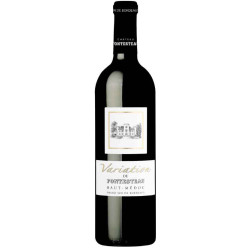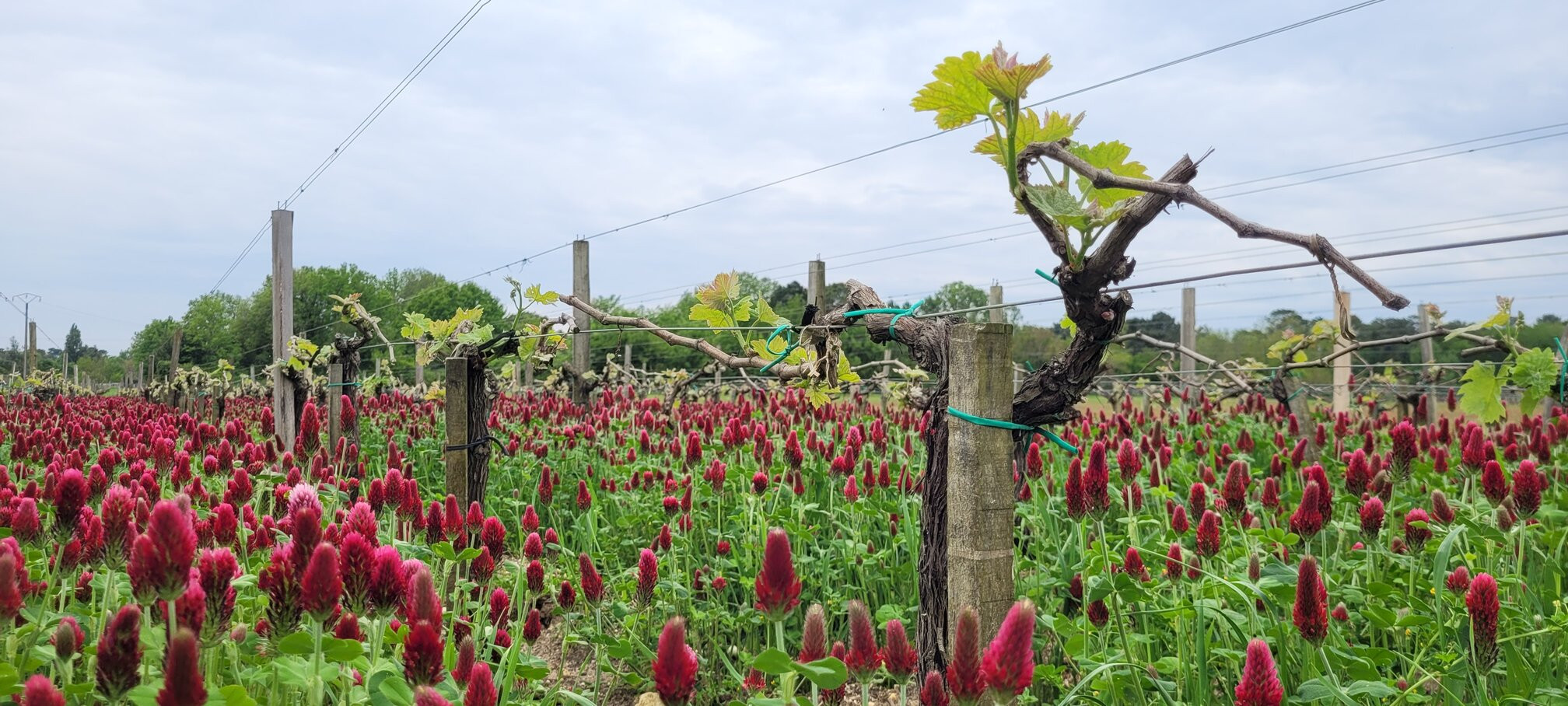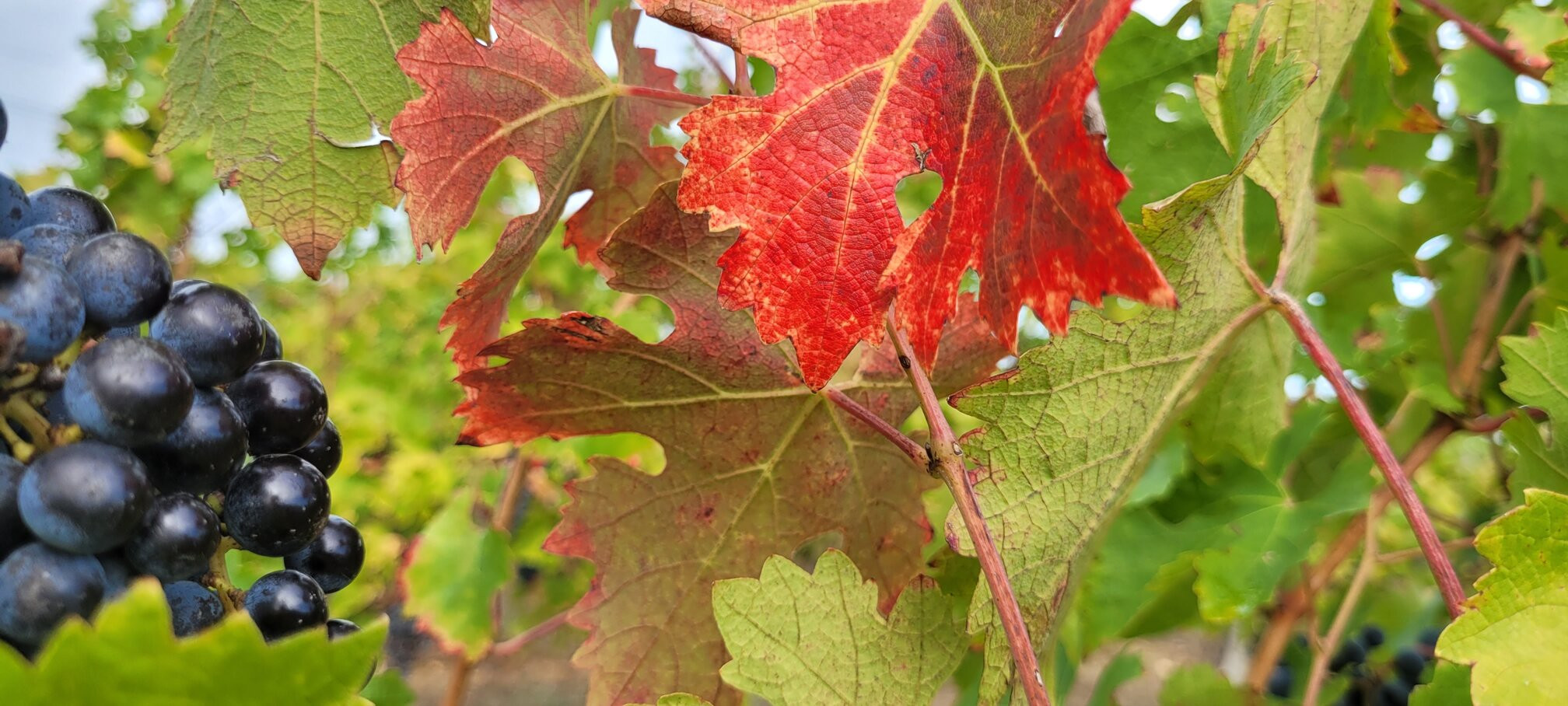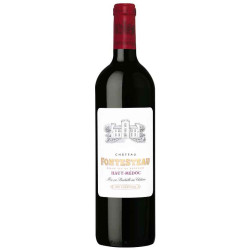Château Fontesteau
Discover Château Fontesteau in photos
All wines of Château Fontesteau
From the Iron Age to the Haut Médoc Viticulture
Fontesteau has a long and rich history, with significant historical milestones. 20 years ago, during the maintenance of the Fontesteau pond, Mister Leblanc, a professor of paleo-metallurgy at the University of Toulouse, confirmed the presence of siderurgical activity dating back to the Gallo-Roman period. While many archives were lost following the Battle of Castillon in 1453, one date remains significant: 1277, marking the construction of the Fontesteau building. The only remaining part from this period is the keep, adorned with a coat of arms featuring shells, symbolizing the Way of Saint James pilgrimage, which passes along the building's walls.
The Development of Haut Médoc Viticulture
The appearance of vineyards on the Domaine de Fontesteau cannot be precisely dated, but the recognition of the region’s red wine quality is deeply rooted in history. The terroir has long been known for its potential to produce outstanding Bordeaux wines.
Since 2020, Château Fontesteau has been classified as a Cru Bourgeois Supérieur. In 1984, Dominique Fouin took over the wine production with two successive partners, developing the estate to cover 35 hectares and focusing on the marketing of its wines. In 1997, the Immelnkemper family acquired the estate, initiating a complete renovation and partnering with Dominique Fouin to invest in modernizing the facilities for wine production and vinification.
Following Dominique Fouin's passing in 2017, his daughter Sabine continued his legacy, ensuring the estate’s wines continued to shine. At the end of 2019, the vineyard began its conversion to organic farming, starting with 50% of the vineyard and fully transitioning by 2020.
Contact the Château Fontesteau estate
Adresse
Fontesteau
33250 Saint Sauveur











